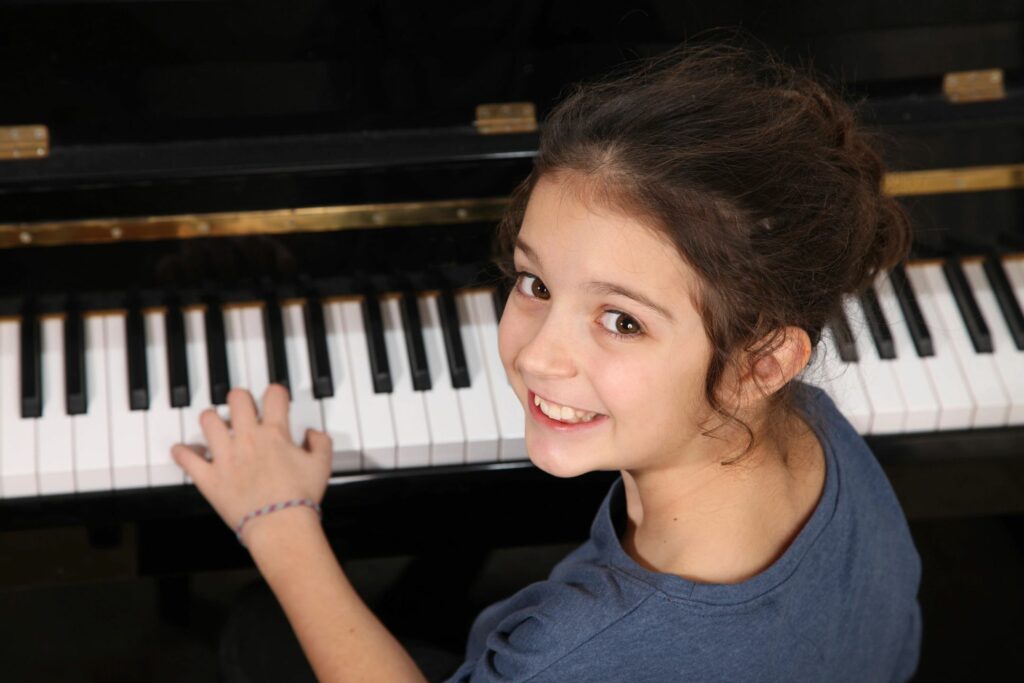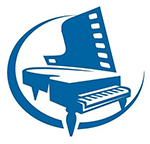It’s festival season here in North Carolina. Between mid-February and early April, most cities and towns offer area festivals and competitions. With the preparation and time involved in preparing students it is more than a little daunting to do much more than work toward that deadline! By now, many students are more than ready to move forward to new repertoire! I have found that the first new piece after the festival is most successful when it is a bit shorter, and possibly not a challenge! It is exciting for students to be able to play something new that they can accomplish within the month. The next larger project awaits, but a shorter solo or even a duet can bring much needed relief to the long-term preparation necessary to play their best musically.
After the relief piece, however, it is not too early to plan for a piece they might use next fall for a recital or fall event. Even with required summer lessons, the time flies by and we find ourselves in late August with nothing playable. I avoid this issue by planning a recital type piece in mid to late March. This allows us two months to prepare before summer lessons which are often spread out between vacations and camps. I’m always amazed that those five summer lessons do not produce more progress, but with the vacations and interruptions to the regular schedule, progress doesn’t build up until September. I met one parent at a festival who mentioned how daunting it was for her child to be presented with four pieces in the fall all at once. “It’s just too much,” she stated. Wouldn’t it be better to start one piece in April, one in June, then one in mid-summer, followed by something new the first weeks of the fall? That way, pieces can open up and flower in their own space and the student has more patience to learn something new when they already have a piece or two that they can play successfully.

Overlapping repertoire immediately after festival season and throughout the summer lessons provide a stronger, more cohesive start to the new school year.
